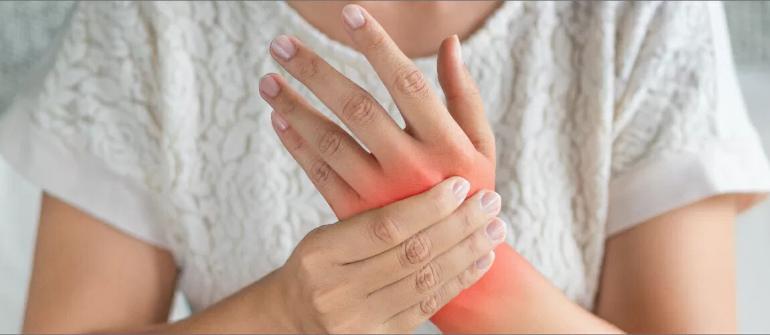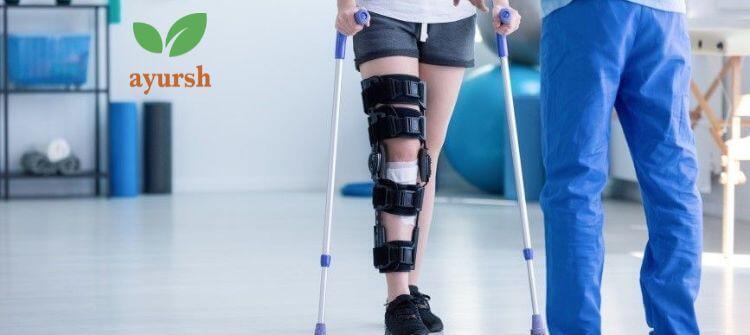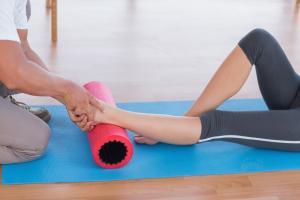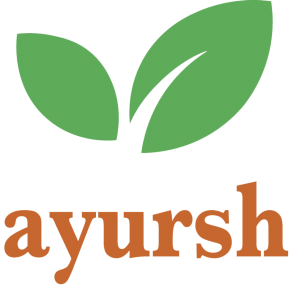Arthritis is not one disease, but rather a broad term that encompasses more than 100 very different disorders. All involve the joints and are characterized by chronic pain, limited mobility, and decreased range of motion. Before you get treatment for arthritis in Bangalore, you should know about the disease. Rheumatoid arthritis (RA) is a chronic and painful clinical condition that leads to progressive joint damage, disability, deterioration in the quality of life, and shortened life expectancy. Even mild inflammation may result in irreversible damage and permanent disability. The clinical course according to symptoms may be either intermittent or progressive in patients with RA. In most patients, the clinical course is progressive, and structural damage develops in the first 2 years. The aim of RA management is to achieve pain relief and prevent joint damage and functional loss. You can get an appointment with a physiotherapist at home and resort to other rehabilitation applications that significantly augment medical therapy by improving the management of RA and reducing handicaps in daily living for patients with RA. So, get treatment for arthritis in Bangalore from a reputed clinic and get freedom from such ailments.
AYURSH PHYSIOTHERAPY MANAGEMENT
-
EXERCISE THERAPY – Exercises are used as an intervention that aims to improve the mobility and strength of the affected joint and therefore, improve functional ability. Exercise may include Mobilizing exercise (Increase or maintain range of motion) Strengthening exercise (that use resistance from putty, a gel ball, or an elastic band to strengthen joints and surrounding muscles)
-
JOINT PROTECTION – Joint protection is a self-management approach that aims to maintain functional ability through changing/adapting working methods and movement patterns of affected joints. This can be with the use of devices such as splints or pacing activities. Changing these habits can help reduce pain, inflammation, and stress that is applied to joints during daily activity and may help preserve the integrity of joint structures longer term.
-
ELECTROTHERAPY – Electrotherapy is an alternative to medication for treating arthritis pain. It follows the principle of electrical stimulation to decrease pain sensations. Electrotherapy devices deliver electrical stimulation by using electrodes that send electric pulses to your nerve endings via pads placed on your skin. It sends an electric current to your nerves to override pain signals. This causes a tingling sensation that you may find soothing. It also relieves pain by triggering the release of natural painkillers i.e. Endorphins in the brain. Electrotherapy also uses techniques such as ultrasound and low-level laser therapy which can help to increase the healing process and therefore reduce pain.







